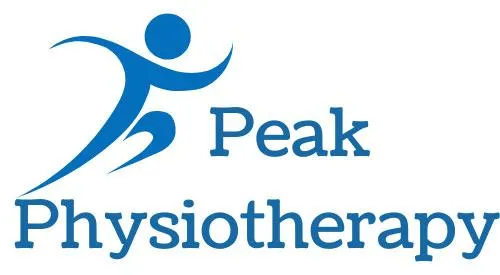
Posture and Neck Pain: How Bad Habits Affect Your Spine
Good posture is essential for maintaining a healthy spine, but many of us develop bad habits that can lead to neck pain and long-term discomfort. At Peak Physiotherapy in Galway, we see how poor posture impacts our patients’ neck health, and we’re here to explain how bad habits affect your spine and offer solutions to improve your posture and reduce pain.
How Poor Posture Affects the Neck
Your spine is naturally curved, and when it’s in alignment, the muscles and joints work efficiently to support your head and upper body. However, poor posture puts additional stress on your spine, muscles, and ligaments, leading to discomfort and long-term problems. Common bad posture habits that contribute to neck pain include:
Forward Head Posture
Forward head posture is when the head juts forward, often from prolonged sitting or looking at screens. This misalignment places strain on the neck and upper back muscles, leading to tightness, discomfort, and pain.Slumping or Slouching
When you sit or stand with rounded shoulders and a hunched back, it disrupts the natural curve of the spine. This causes the muscles in the neck to overwork and can lead to tension and stiffness.Looking Down at Screens
Constantly looking down at your phone or computer can result in "tech neck." This poor posture places significant strain on the neck muscles, causing pain, stiffness, and sometimes headaches.Sleeping on an Unsupportive Pillow
Sleeping with an unsupportive pillow or in awkward positions can throw your spine out of alignment, contributing to neck pain in the morning. This strain can also lead to stiffness and discomfort throughout the day.
The Effects of Poor Posture on Your Spine
When bad posture becomes a habit, it affects your spine and overall health in a variety of ways:
Neck Pain and Tension
Poor posture places extra strain on the muscles in your neck and shoulders, leading to pain and tension. Over time, this can lead to muscle imbalances and increased discomfort.Reduced Range of Motion
Prolonged poor posture can limit the range of motion in the neck. As muscles become tight and stiff, you may find it difficult to turn your head fully or look up and down without discomfort.Increased Risk of Herniated Discs
Poor posture increases the risk of spinal disc problems, such as herniated discs, particularly in the cervical spine (neck). This can cause radiating pain, tingling, or numbness in the arms.Headaches
Tension in the neck and shoulders, caused by poor posture, can contribute to tension headaches. These headaches are often the result of tight muscles compressing nerves and blood vessels.
How to Correct Poor Posture and Relieve Neck Pain
Correcting your posture is essential to preventing neck pain and maintaining a healthy spine. Here are some strategies to improve your posture and relieve discomfort:
Be Mindful of Your Posture
Pay attention to your posture throughout the day. Whether you’re sitting, standing, or walking, keep your shoulders back, chin tucked, and spine aligned. Avoid slumping or rounding your shoulders.Strengthen Your Core Muscles
A strong core supports your spine and helps you maintain good posture. Incorporate exercises like planks, bridges, and abdominal crunches into your routine to strengthen your core muscles.Take Frequent Breaks
If you spend long hours sitting at a desk or looking at a screen, make it a habit to take breaks every 30 minutes. Stand up, stretch, and walk around to relieve pressure on your spine.Adjust Your Workstation
Ensure your computer screen is at eye level, your chair supports your lower back, and your feet are flat on the floor. Maintain a neutral posture with your arms at a 90-degree angle to avoid straining your neck.Choose the Right Pillow
Your pillow should support the natural curve of your neck while sleeping. For back sleepers, a thinner pillow works best, while side sleepers may need a thicker pillow to maintain proper alignment.Consult a Physiotherapist
A physiotherapist can assess your posture and create a personalised treatment plan to address any imbalances. Manual therapy, exercises, and posture training can help relieve neck pain and prevent it from coming back.
Conclusion
Poor posture is one of the most common contributors to neck pain, but with awareness and corrective strategies, you can improve your spinal health and reduce discomfort. At Peak Physiotherapy in Galway, we’re here to help you address poor posture and create a personalised plan to relieve neck pain and prevent future issues. If you’re struggling with neck pain, don’t wait—contact us today to schedule an appointment and take the first step toward a healthier spine!



